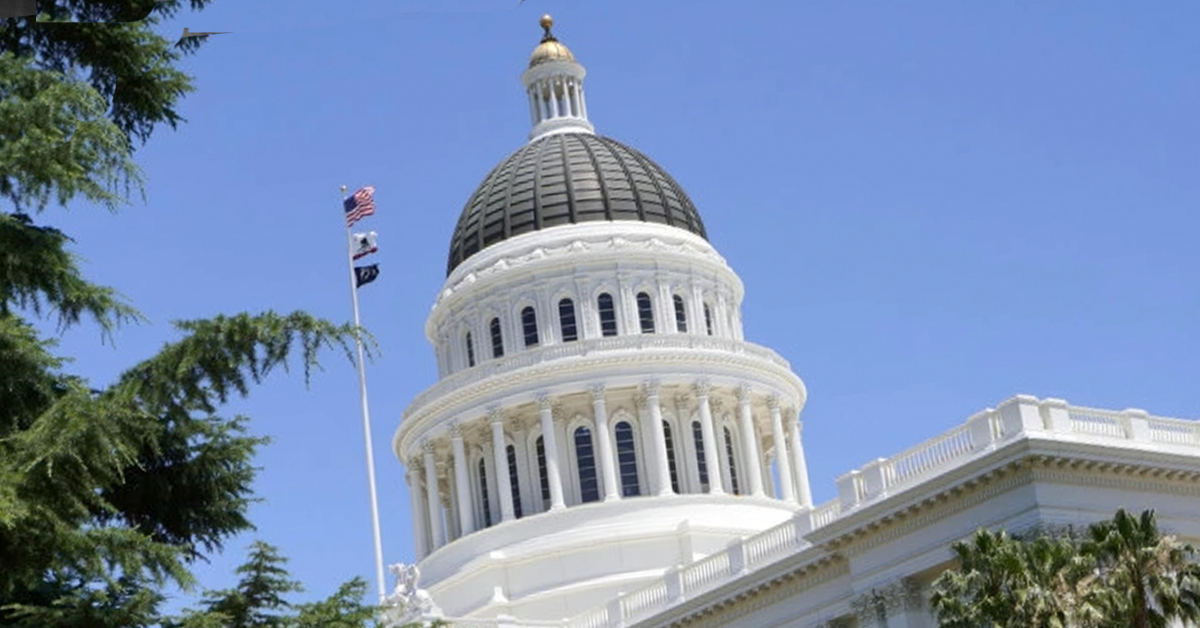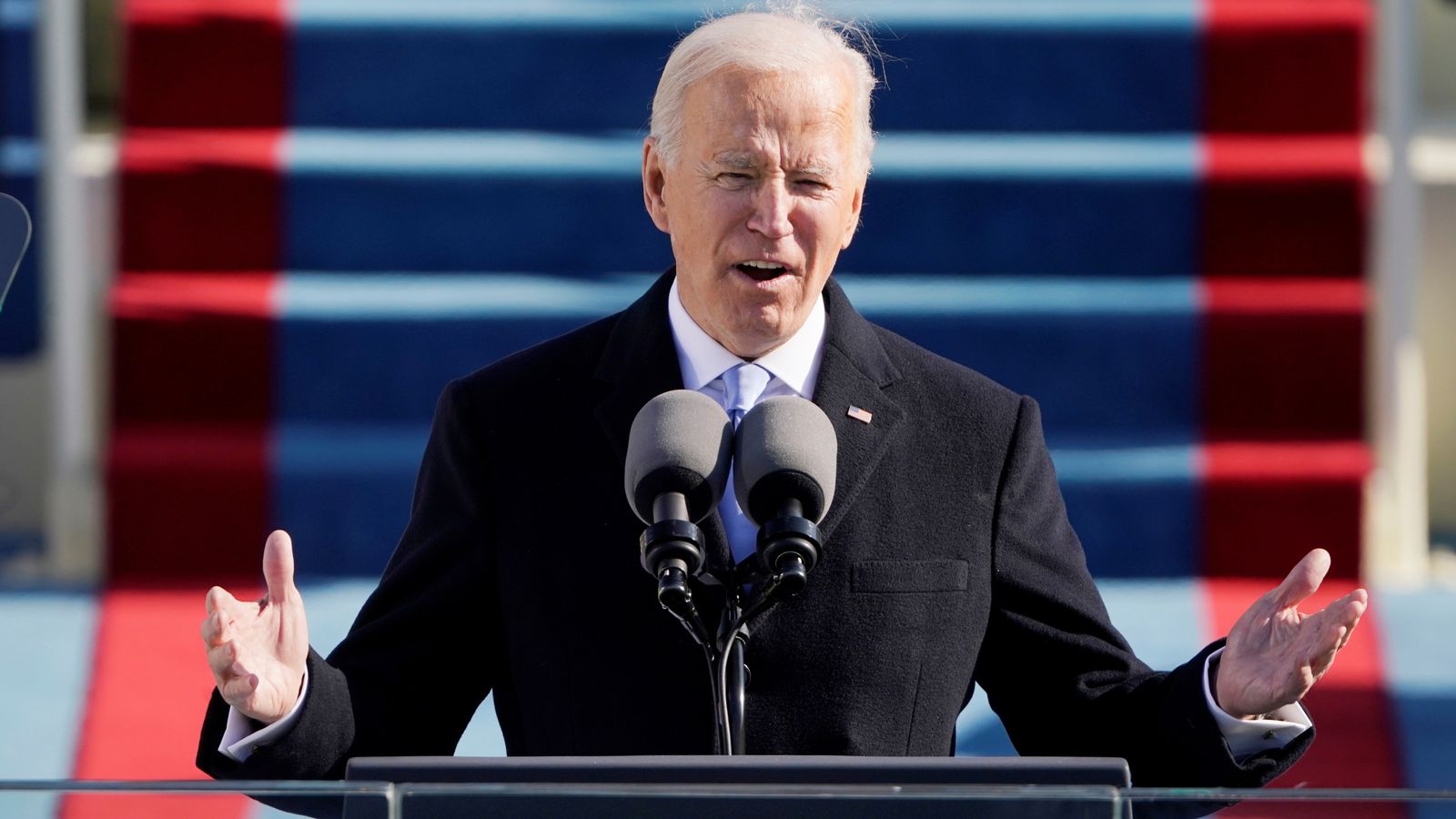Coal power plants will be forced to shut down if they do not capture smokestack emissions, according to a new rule issued by the Environmental Protection Agency (EPA) on Thursday.
The rules aim to reduce greenhouse gas emissions, specifically targeting coal and natural gas plants, as part of President Joe Biden’s plan to eliminate carbon pollution from the electricity sector by 2035.
Driving the news: The new standards would also address toxic wastewater pollutants from coal-fired plants and the safe management of coal ash in unlined storage ponds.
- Industry groups and Republican-leaning states are likely to challenge the rules, accusing the Biden administration of environmental overreach and warning of potential reliability issues for the electric grid.
- These rules mark the first time the federal government has restricted carbon dioxide emissions from existing coal-fired power plants and would also apply to future electric plants fueled by coal or gas.
- The rules do not mandate the use of carbon capture and storage technology but instead set caps on carbon dioxide pollution that plant operators must meet.
- The EPA has also tightened rules to reduce wastewater pollution and prevent harm from toxic coal ash.
By the numbers: The EPA estimates that the new standards will avoid 1.38 billion metric tons of carbon pollution through 2047 and provide significant climate and health benefits.
- Coal-fired power plants that plan to stay open beyond 2039 would be required to cut or capture 90% of their carbon dioxide emissions by 2032.
What they’re saying: “Today, EPA is proud to make good on the Biden-Harris Administration’s vision to tackle climate change and to protect all communities from pollution in our air, water, and in our neighborhoods,” said EPA Administrator Michael S. Regan. “By developing these standards in a clear, transparent, inclusive manner, EPA is cutting pollution while ensuring that power companies can make smart investments and continue to deliver reliable electricity for all Americans.”










